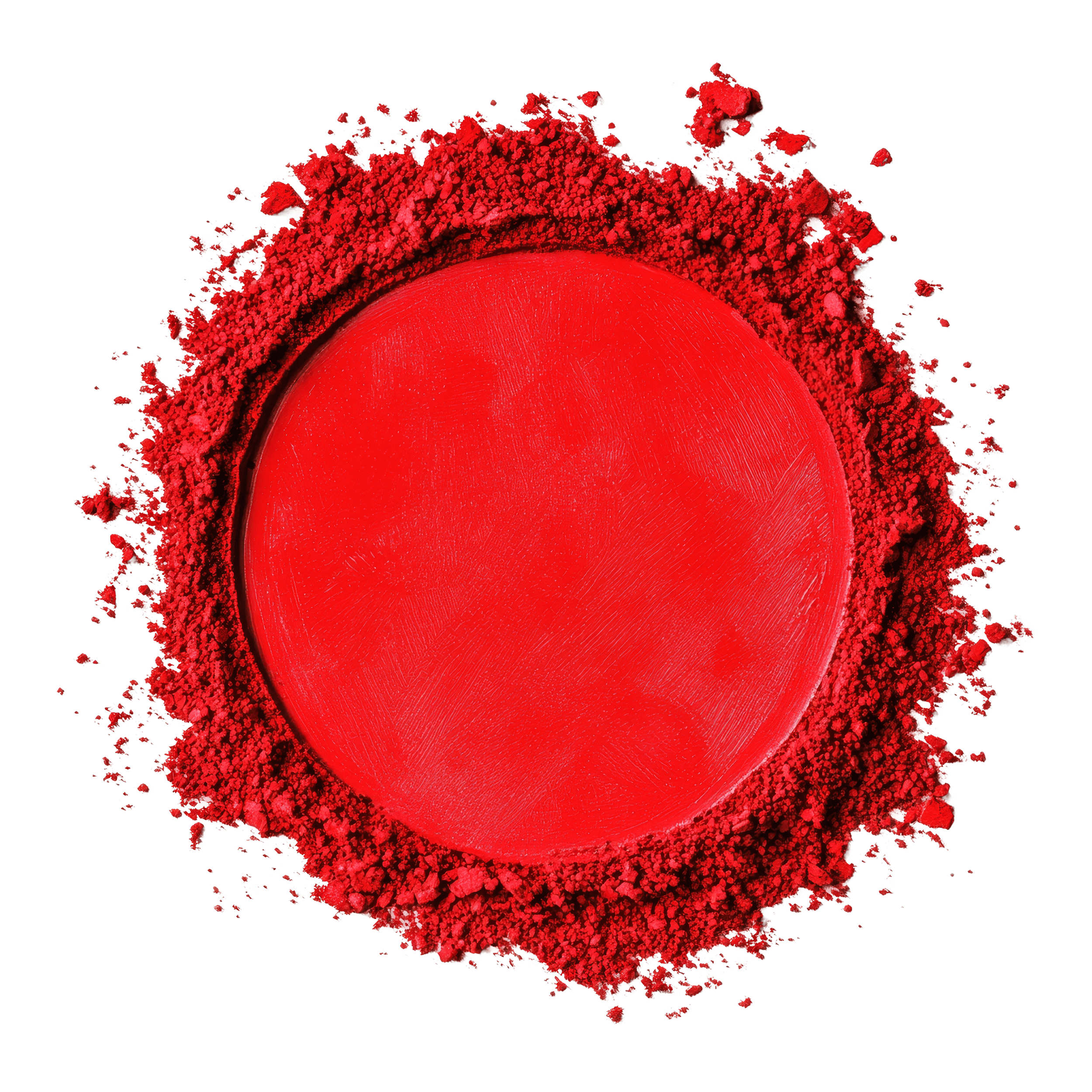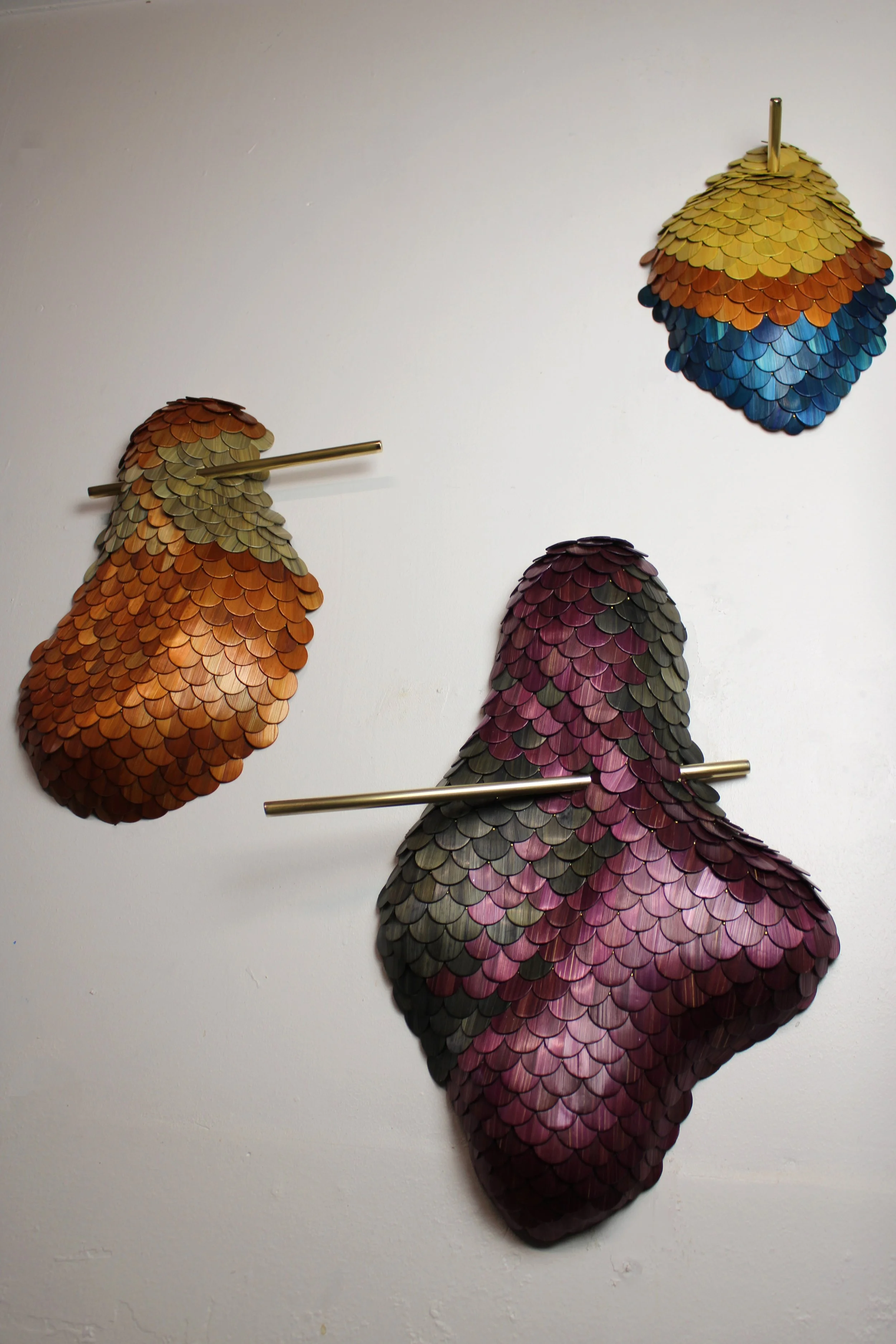INVISIBLE MONSTER
01
SOLD
___
TiTle . Invisible Monster 01 .
Year . 2023 .
Materials . rye straw - wood - brass .
Size . 25x18x10 cm .
___
Invisible microorganisms have grown into colossal giants, reshaping life and civilization. Each sculpture pairs myth and science, connecting to an ordinary human who encounters these forces. The works invite reflection on the cycles of civilization, ecological balance, and humanity’s place within the unseen systems that shape our world.
Narrative INVISIBLE MONSTER 01.
Year: -Unknown-
Location: -Unknown-
"I'd come here with one goal in mind: to discover new things. I'd heard about this exhibition where a taxidermist specializing in single-celled organisms claimed to have made an incredible discovery: a new species of amoeba.
I'd already heard about amoebas and their role in our environment. I'd heard they were microscopic, invisible to the naked eye, and present everywhere. They contributed to what they called the natural ecosystem, defined as a balance that had formed without human intervention. In my youth, a biology history teacher spoke of amoebae and single-celled organisms as indispensable elements of our soils, regulating the proliferation of bacteria while providing nutrients to the so-called wild flora.
Times have changed... All that's left are "controlled" biomes to preserve what's left of thepast. With the impact we've had on the planet, amoebas have become much larger, and some have even become predators for our species. Who could have foreseen this...
I arrived in front of this amoeba, displayed like a museum piece. According to the explanatory label, it was the result of a symbiosis between two types of unicellular organisms: the amoeba Naegleria Fowleri, also known as the "brain-eating amoeba", and Euglypha Rotunda, which has scales formed by recycling the silica it ingests.
Could this species pose a threat to us? "




